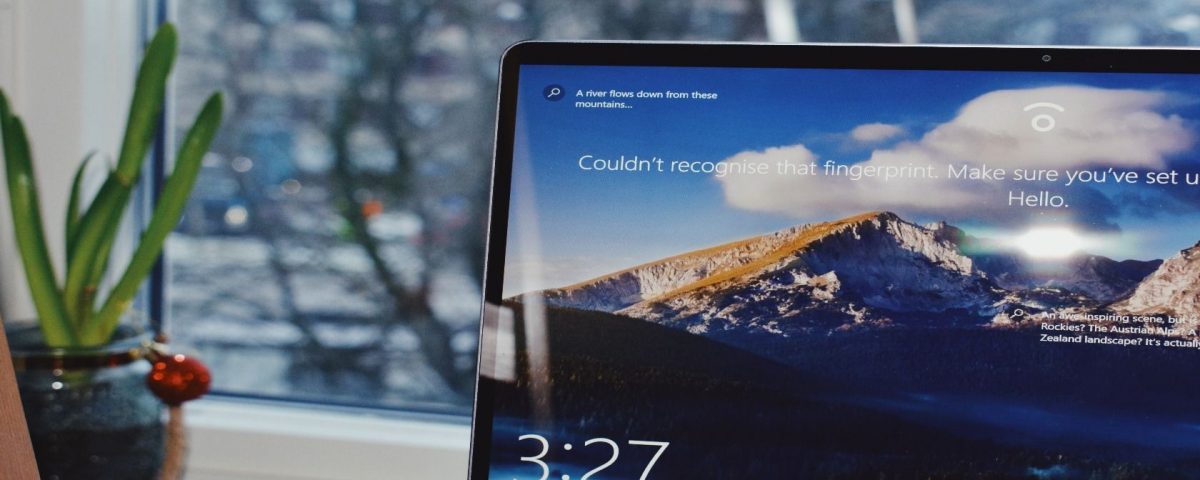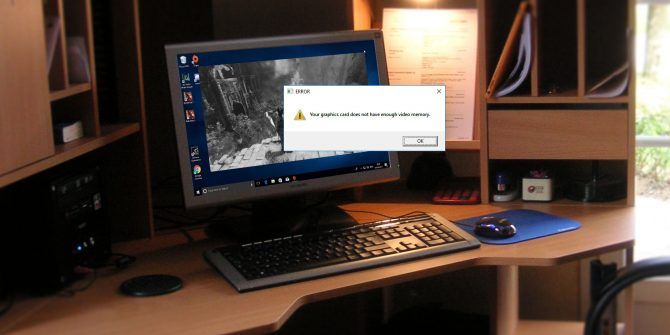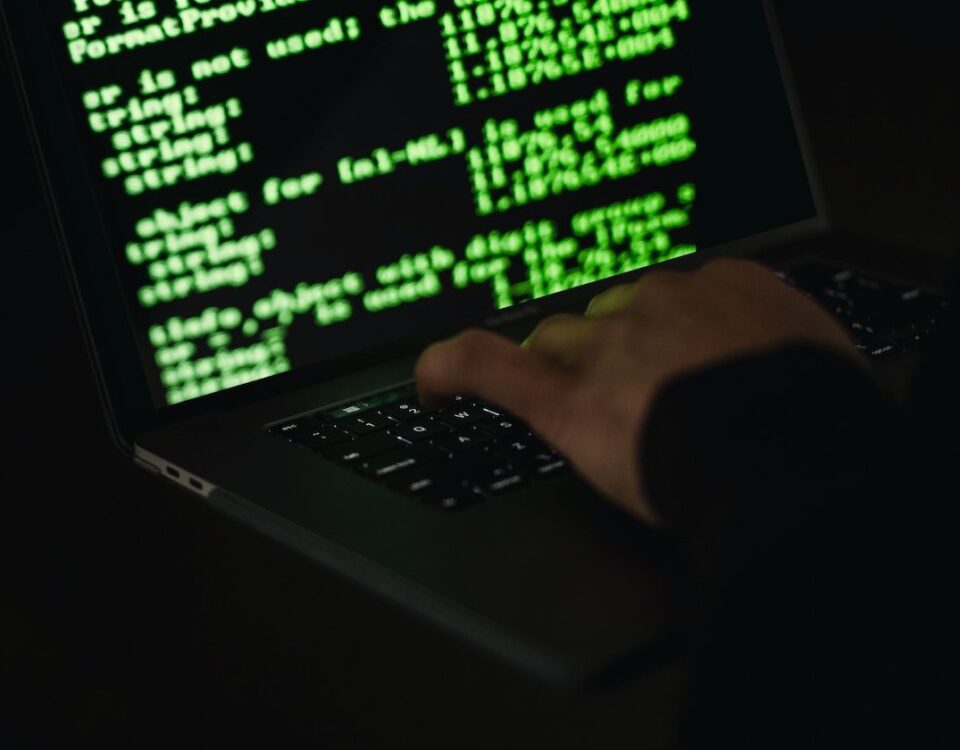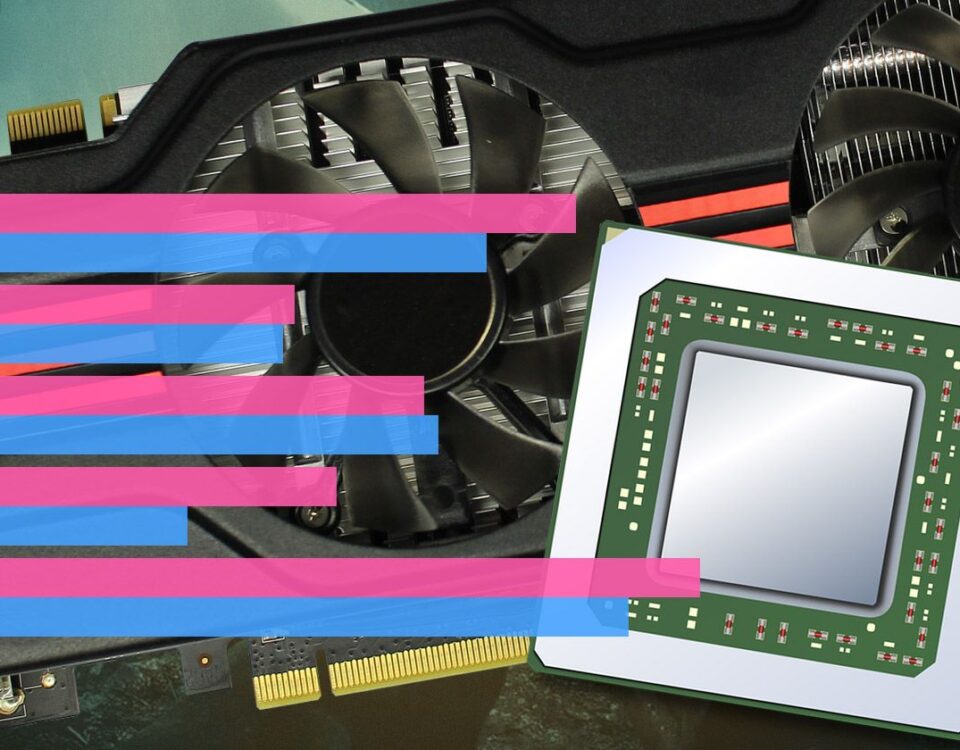
PS4 Controller Not Working? How to Fix the Most Common Issues
14 febrero, 2021
6 Reasons You Should Choose a Chromebook Over a Windows Laptop
14 febrero, 2021Windows 10 Slow After an Update? Here’s How You Can Fix It

Windows 10 lento después de una actualización? Aquí es cómo puedes arreglarlo.
The practical value of Windows updates cannot be overstated. But as useful as these updates are, they can also make your computer slow down after installing them.
If you too are facing the “Windows 10 slow after update” issue, these tips should help you troubleshoot the problem and get it back to its original state.
But what makes your computer slow down after the Windows 10 update?
Windows 10 Slow After Update? Here’s the Cause
Windows 10 updates are good. In fact, they are your first line of defense against harmful malware and viruses even before you install good antivirus software.
They protect your computer against malware and viruses created daily. An update not only plugs security flaws but also patches any bugs that make applications crash. Every update aims to make your computer function better.
What then causes your computer to run slow after a Windows update?
Through our research, we have found these to be the top causes that result in a slow computer after Windows update:
- A buggy update
- Corrupt system files
- Background apps
By the end of this article, you’ll be able to fix the slow Window 10 after the update issue for good.
Methods to Fix Slow Down of Windows 10 After Update
Whatever the cause of the slowdown of your Windows 10 computer, if you follow the methods listed in this guide to the end, you will not face the slow Windows 10 problem again.
1. Roll Back the Windows Update
If new updates have caused the slowdown of your Windows 10, then rolling back these updates will do trick. Microsoft has a built-in method by which you can achieve this.
To uninstall the updates, go to Settings > Update & Security > Windows Update > View update history.
Next, click on Uninstall updates. There, you’ll see a list of all the installed updates. You can then uninstall the updates that you believe have caused the problem.
Through this way, you can uninstall the updates that have slowed down your Windows 10.
2. Repair Corrupt or Damaged Files
Sometimes due to updates getting stuck in between due to a network or similar issue, your crucial Windows files might end up corrupted or damaged.
This can make your system act unpredictably. You can repair the damage through the System File Checker; a free tool developed by Microsoft that comes in handy for corruption issues such as this one. It works by scanning and repairing the Windows System files.
To run the System File Checker, you have to use the command prompt. Follow the steps listed below:
- Go to the Windows Search bar and type the command prompt.
-
Take the cursor on the top result, and on the right side click on Run as administrator.
-
Type sfc /scannow and hit Enter.
After the scan is complete, reboot your system. If there are indeed any corruption problems, they will be resolved after following this method.
Run the DISM Command
If the SFC command fails to recover your files, use the Deployment Image Servicing and Management (DISM) command. This is another Windows diagnostic tool created by Microsft, but a more powerful one than SFC, that works by repairing the Windows system image files.
To run this command, open the command prompt with the administrator privileges, as above.
Run the DISM /Online /Cleanup-Image /CheckHealth command to check if the image is corrupted.
If there are no corruption issues, you can run a more advanced scan through the Dism /Online /Cleanup-Image /ScanHealth command:
Note that this process may take a while. If you find corruption issues through the above step, run the Dism /Online /Cleanup-Image /RestoreHealth command to download and replace the damaged files.
Restart your computer after the command gets executed; run the SFC command again to repair the errors.
3. Disable Background Apps
Another popular method to resolve a slow Windows 10 after an update is to disable all the unnecessary background apps.
As you know, Windows 10 comes with many pre-installed apps apart from the ones that you download. These apps can keep running in the background—even when you are not using them. They don’t need to, as a good percentage of these apps are not really required for the functioning of Windows 10.
As they keep running, they occupy your CPU resources (RAM, cycles, etc.) which otherwise would have been free, and this makes your computer slower than usual.
It is better to terminate these unnecessary apps. For that, follow the steps listed below:
- Open the Windows Settings.
-
Then, click on Privacy > Background Apps.
- Choose which apps can run in the background section, turn-off all the unimportant apps.
Reboot your computer, and this will result in a normal computer speed.
4. Perform a Clean Boot
A clean boot is performed by starting a computer with minimum drivers and start-up applications; this helps in identifying the new applications that are causing the problems in your system.
Here’s how you too can do a clean boot:
-
In the Windows search bar, type msconfig and click on System Configuration App.
-
In the Services tab, select Hide all Microsoft Services, and then click on Disable All.
-
Under the Startup tab, click on Open Task Manager.
-
In the Startup section, select and disable all the apps listed here one by one. You can also right-click on the background process and select Disable from the menu.
- Close the Task Manager.
- On the Startup tab of System Configuration, click on OK.
After performing all the above steps, you’re good to get started with the clean boot. Simply reboot your PC and the clean boot will begin.
5. Run Windows System Restore
Windows allows you to roll back updates. You can go back in time with the help of another default Windows feature. A System Restore takes your PC to the state it was functioning perfectly.
System Restore works by saving files and registry of your Windows software as snapshots called Restore Points for later use. You can use these restore points to revert your system to a working condition.
Follow the steps below to get started:
-
In the Windows search bar, type “system restore”. Next, click on Create a restore point.
- A System Properties dialog box will appear.
-
Select System Protection and click on System Restore.
Note: If you cannot click on this button, then your system doesn’t have a restore point yet, and thus, you cannot restore it.
- In the next dialog box, click on the Next button.
- Choose the desired restore point and click on Scan for affected programs to confirm the apps that will be removed as they were installed after the restore point date.
- Click on Next to get started with the restore.
- Finally, click on Finish.
After the restoration is complete, your system will be restored to its initial condition at the time of the last backup.
Note: The last resort for the slow Windows 10 issue is to use the Windows Factory Reset and start from scratch. This is the nuclear option that will take your computer to the original fresh state when you bought it.
Windows 10 Slow After Update Error Resolved
Facing a computer slow down after a Windows 10 update is a big nuisance. And one that you might face one day. The solutions don’t stop here as there are other ways to speed up your PC and improve its performance.
About The Author






